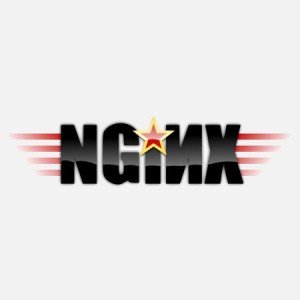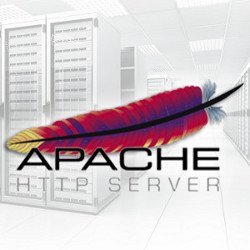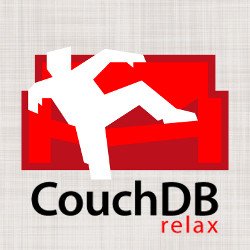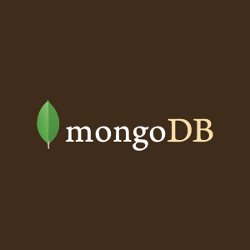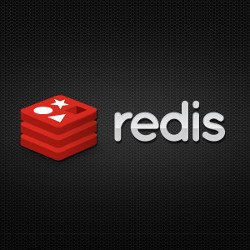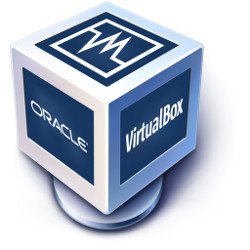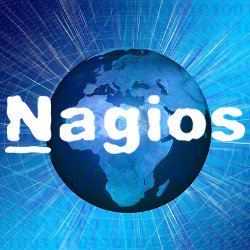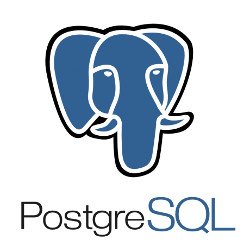Sysadmin Courses
Introduction to Nginx – Complete TutorialNginx is an open source HTTP and reverse proxy server, as well as a mail proxy server, load balancer, and HTTP cache. The nginx project started with a strong focus on high concurrency, high performance and low memory usage. It runs on Linux, BSD variants, Mac OS X, Solaris, AIX, HP-UX, as well as on other *nix flavors. It also has a proof of concept port for Microsoft Windows. This course will introduce you to the magic of nginx. You will learn to install and configure nginx for a variety of software platforms and how to integrate it with Apache. Additionally, you will get involved with more advanced concepts like Load Balancing, SSL configuration and Websockets proxying. | |
Apache HTTP Server TutorialThe Apache HTTP Server, colloquially called Apache, is the world’s most used web server software. Originally based on the NCSA HTTPd server, development of Apache began in early 1995 after work on the NCSA code stalled. Apache played a key role in the initial growth of the World Wide Web, quickly overtaking NCSA HTTPd as the dominant HTTP server, and has remained most popular since April 1996. In 2009, it became the first web server software to serve more than 100 million websites. In this course, we provide a compilation of Apache HTTP Server tutorials that will help you get started with this web server. We cover a wide range of topics, from installing the server and performing a basic configuration, to configuring Virtual Hosts and SSL support. With our straightforward tutorials, you will be able to get your own projects up and running in minimum time. | |
CouchDB Tutorial – Database for the WebCouchDB, is an open source database that focuses on ease of use and on being “a database that completely embraces the web”. It is a NoSQL database that uses JSON to store data, JavaScript as its query language using MapReduce, and HTTP for an API. One of its distinguishing features is multi-master replication. This is a hands-on course on CouchDB. You will learn how to install and configure CouchDB and how to perform common operations with it. Additionally, you will build an example application from scratch and then finish the course with more advanced topics like scaling, replication and load balancing. | |
MongoDB Tutorial – A Scalable NoSQL DBMongoDB is a cross-platform document-oriented database system and it is free and open source software. Classified as a NoSQL database, MongoDB eschews the traditional table-based relational database structure in favour of JSON-like documents with dynamic schemas (MongoDB calls the format BSON), making the integration of data in certain types of applications easier and faster. In this course, you will get introduced to MongoDB. You will learn how to install it and how to operate it via its shell. Moreover, you will learn how to programmatically access it via Java and how to leverage Map Reduce with it. Finally, more advanced concepts like sharding and replication will be explained. | |
Redis Tutorial: NoSQL key-value storeRedis is an open-source, networked, in-memory, key-value data store with optional durability, written in ANSI C. According to the monthly ranking by DB-Engines.com, Redis is the most popular key-value store. Its name means REmote DIctionary Server. This is a crash course on Redis. You will learn how to install Redis and start up the server. Additionally, you will mess around with the Redis command line. More advanced topics follow, such as replication, sharding and clustering, while the integration of Redis with Spring Data is also explained. | |
VirtualBox Tutorial: Virtualization EssentialsOracle VM VirtualBox is a free and open-source hypervisor for x86 computers from Oracle Corporation. VirtualBox may be installed on a number of host operating systems, including: Linux, OS X, Windows, Solaris, and OpenSolaris. There are also ports to FreeBSD and Genode. It supports the creation and management of guest virtual machines running versions and derivations of Windows, Linux, BSD, OS/2, Solaris, Haiku, OSx86 and others, and limited virtualization of OS X guests on Apple hardware. In this course, we provide a compilation of VirtualBox tutorials that will help you get started with this virtualization platform. We cover a wide range of topics, from installing the software and performing a basic configuration, to cloning, exporting, importing, and removing virtual machines. With our straightforward tutorials, you will be able to get your own Virtual Machines up and running in minimum time. | |
Nagios Tutorial for IT MonitoringNagios, now known as Nagios Core, is a free and open source computer-software application that monitors systems, networks and infrastructure. Nagios offers monitoring and alerting services for servers, switches, applications and services. It alerts users when things go wrong and alerts them a second time when the problem has been resolved. Nagios was originally designed to run under Linux, but it also runs well on other Unix variants. It is free software licensed under the terms of the GNU General Public License version 2 as published by the Free Software Foundation. In this course, we provide a compilation of Nagios tutorials that will help you set up your own monitoring infrastructure. We cover a wide range of topics, from installation and configuration, to plugins and NRPE. With our straightforward tutorials, you will be able to get your own projects up and running in minimum time. | |
PostgreSQL Database TutorialPostgreSQL, often simply Postgres, is an object-relational database management system (ORDBMS) with an emphasis on extensibility and standards-compliance. As a database server, its primary function is to store data securely, and to allow for retrieval at the request of other software applications. It can handle workloads ranging from small single-machine applications to large Internet-facing applications with many concurrent users. PostgreSQL is developed by the PostgreSQL Global Development Group, a diverse group of many companies and individual contributors. It is free and open-source software, released under the terms of the PostgreSQL License, a permissive free-software license. (https://en.wikipedia.org/wiki/PostgreSQL) In this course, we provide a compilation of PostgreSQL tutorials that will help you set up and run your own database management system. We cover a wide range of topics, from installation and configuration, to custom commands and datatypes. With our straightforward tutorials, you will be able to get your own projects up and running in minimum time. |

